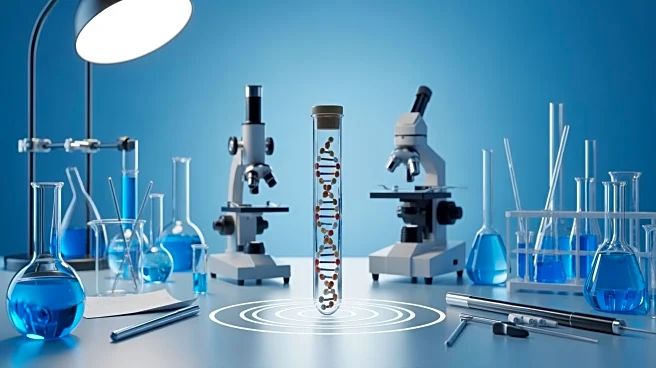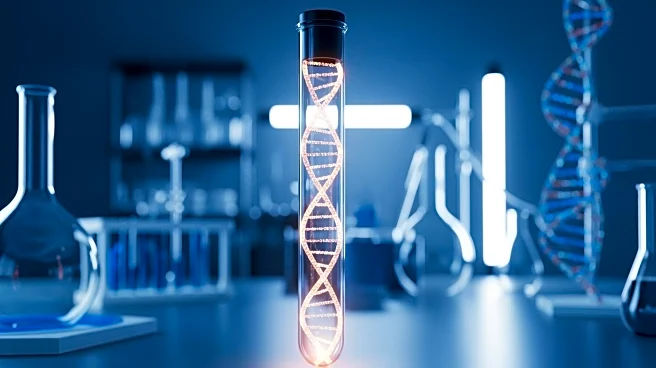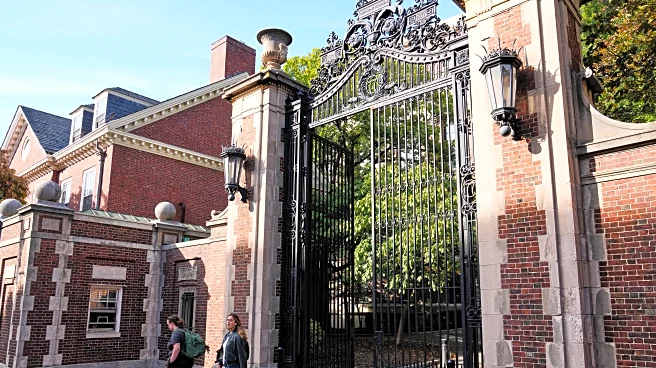What's Happening?
Recent advancements in genetic technology have brought the possibility of resurrecting Neanderthals closer to reality. The sequencing of the Neanderthal genome in 2010 revealed that modern humans share
up to 4% of their DNA with Neanderthals. George Church, a Harvard University professor, suggested that it might be possible to create a Neanderthal clone by reassembling their genome in a human stem cell. However, experts argue that the process is fraught with ethical and technical challenges. Jennifer Raff, a biological anthropologist, and Hank Greely, a law and biosciences expert, highlight the potential immune system incompatibilities and ethical concerns of such an endeavor.
Why It's Important?
The potential resurrection of Neanderthals raises significant ethical questions about the manipulation of human genetics and the implications of bringing back an extinct species. The debate touches on issues of consent, the potential quality of life for a resurrected Neanderthal, and the broader societal impacts. While some argue that it could provide insights into human evolution, others caution against the moral and legal ramifications. The discussion also highlights the need for stringent ethical guidelines in genetic research and the potential consequences of technological advancements in this field.
What's Next?
As genetic technology continues to advance, the scientific community and policymakers will need to address the ethical and legal frameworks surrounding de-extinction. Discussions are likely to focus on the potential benefits and risks, as well as the moral responsibilities of scientists. The debate may also influence future research directions and funding priorities in genetics and evolutionary biology.
Beyond the Headlines
The ethical considerations of de-extincting Neanderthals extend beyond scientific curiosity, touching on broader societal values and the potential for unforeseen consequences. The discussion may lead to a reevaluation of how society views extinct species and the role of humans in altering natural history. It also raises questions about the limits of scientific intervention and the potential for misuse of genetic technologies.












